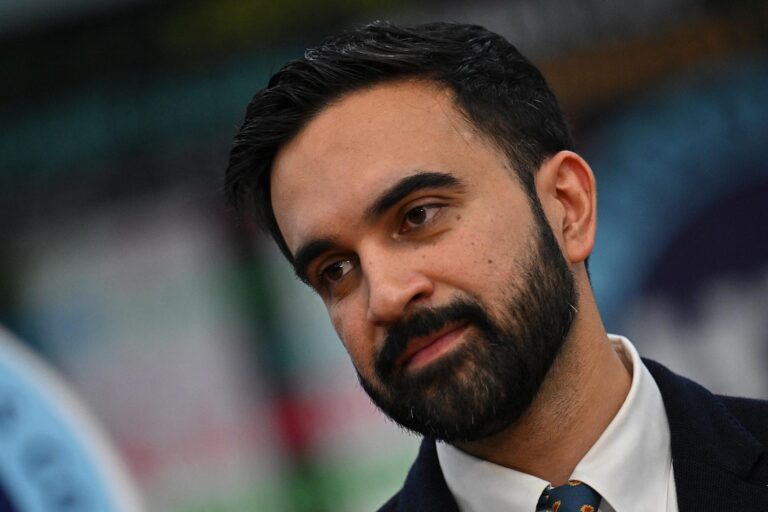In a controversial move, the Trump Administration has announced the withholding of $6.8 billion in federal education funding for Fiscal Year 2025, a decision that includes the suspension of $1.4 billion earmarked for before- and afterschool programs through Title IV Part B, known as the 21st Century Community Learning Centers (21st CCLC). This decision has sparked significant backlash from educators, parents, and policymakers who argue it disregards the essential needs of students and families nationwide.
The funding cut threatens the future of numerous community learning centers that provide critical support to students outside regular school hours. These programs are particularly vital in underserved communities where they offer academic enrichment, homework assistance, and a safe environment for children while their parents work. The announcement has left many questioning the administration’s commitment to public education and its understanding of the challenges faced by working families.
The Impact on Communities
The 21st Century Community Learning Centers serve over 1.6 million children across the United States, with a focus on low-income and high-need areas. By withholding these funds, the administration risks dismantling a support system that many families rely on. According to the Afterschool Alliance, a nonprofit organization advocating for afterschool programs, these centers not only improve academic performance but also contribute to better social skills and behavior among students.
“The decision to cut funding for these programs is a direct hit to families who depend on them,” said Jodi Grant, Executive Director of the Afterschool Alliance. “It’s a short-sighted move that ignores the long-term benefits of investing in our children’s education and well-being.”
Historical Context and Policy Shifts
This development follows a series of budgetary decisions under the Trump Administration that have raised concerns about the prioritization of educational funding. Historically, federal support for education has been seen as a cornerstone of national development, with past administrations, both Republican and Democrat, often increasing funding to address educational disparities.
In contrast, the current administration’s approach reflects a shift towards reducing federal involvement in education, emphasizing state control and private sector solutions. Critics argue that this philosophy overlooks the disparities in resources and opportunities available to students in different states and communities.
Expert Opinions and Analysis
Education experts warn that the funding cut could have severe consequences for educational equity. Dr. Linda Darling-Hammond, a prominent education researcher, noted that “reducing federal support for education exacerbates existing inequities and undermines efforts to provide all students with a fair chance at success.”
Meanwhile, some policymakers have suggested alternative funding models, including increased state funding and public-private partnerships, to fill the gap left by federal cuts. However, these solutions face significant hurdles, including varying state budgets and the willingness of private entities to invest in public education.
Looking Ahead: Potential Consequences
The move represents a critical juncture for educational policy in the United States. As communities brace for the impact of these cuts, there is a growing call for a reevaluation of federal priorities in education funding. Advocates are urging Congress to intervene and restore the funding, emphasizing the importance of these programs in fostering educational success and social stability.
In the coming months, stakeholders will likely continue to debate the future of federal education funding, with potential implications for the 2024 elections. As the nation grapples with these challenges, the focus remains on ensuring that all students have access to the resources they need to thrive.
The withholding of $6.8 billion in education funding by the Trump Administration is more than a budgetary decision; it is a statement on the value placed on public education and the future of America’s children. As discussions unfold, the voices of educators, parents, and policymakers will be crucial in shaping the path forward.




















